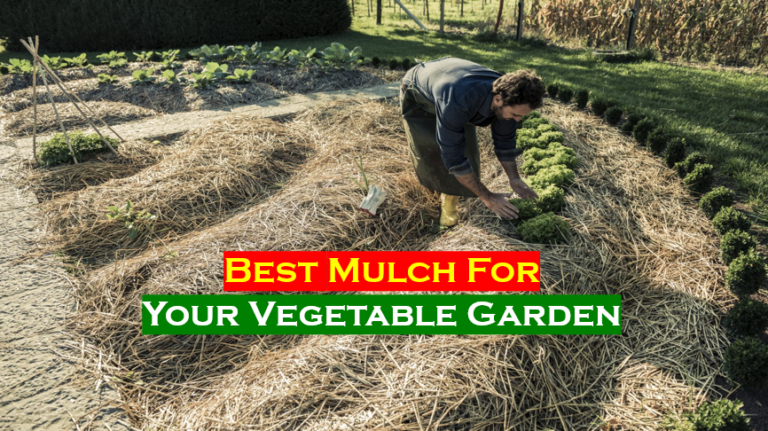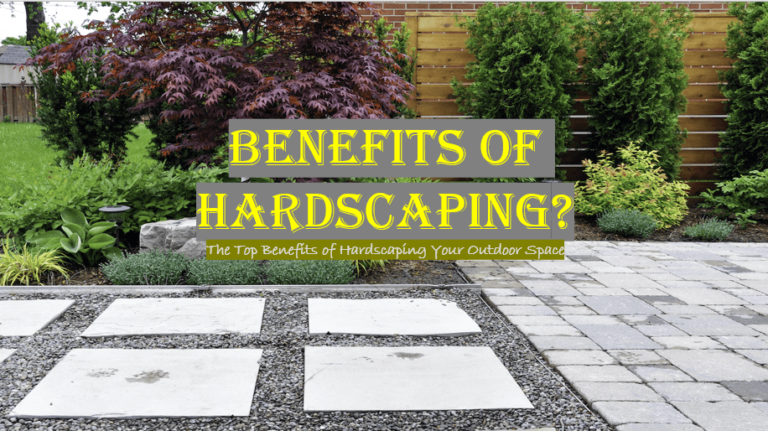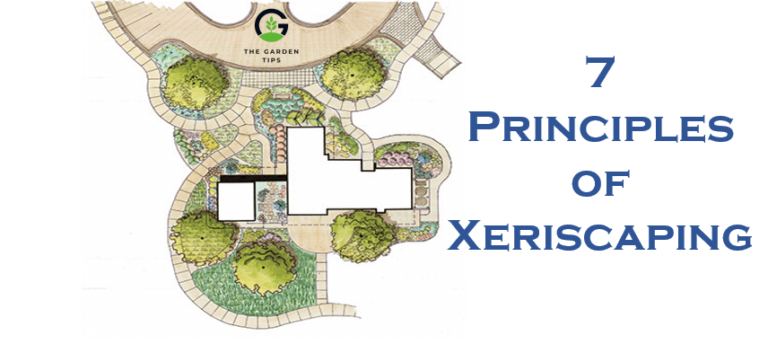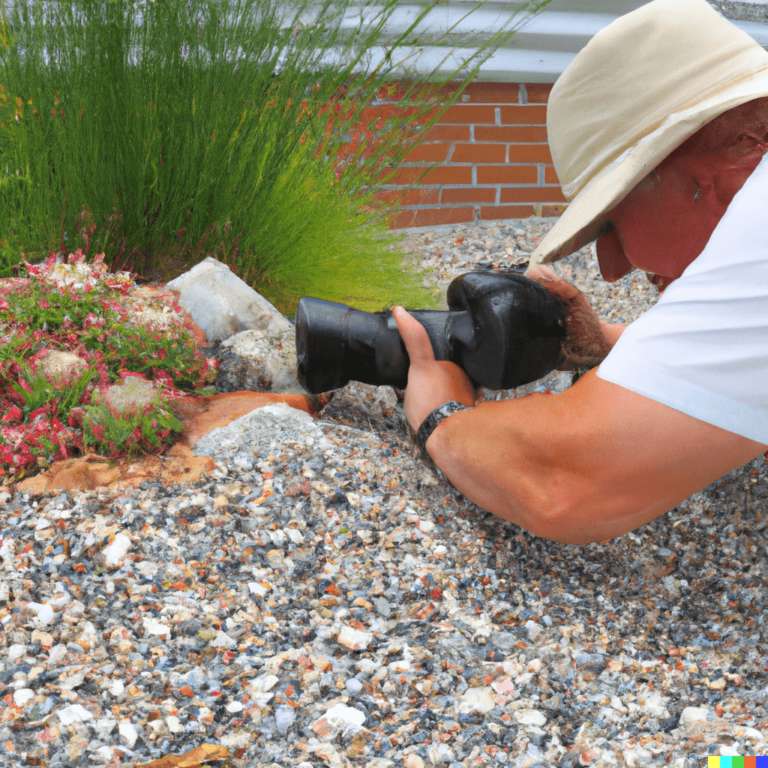Hydrozoning is an important concept in indoor gardening, where plants with similar water needs are grouped together to conserve water and prevent overwatering. Hydrozoning can also improve plant health and reduce the risk of pests and diseases. As houseplants become increasingly popular worldwide, hydrozoning has become essential for novice and experienced indoor gardeners.
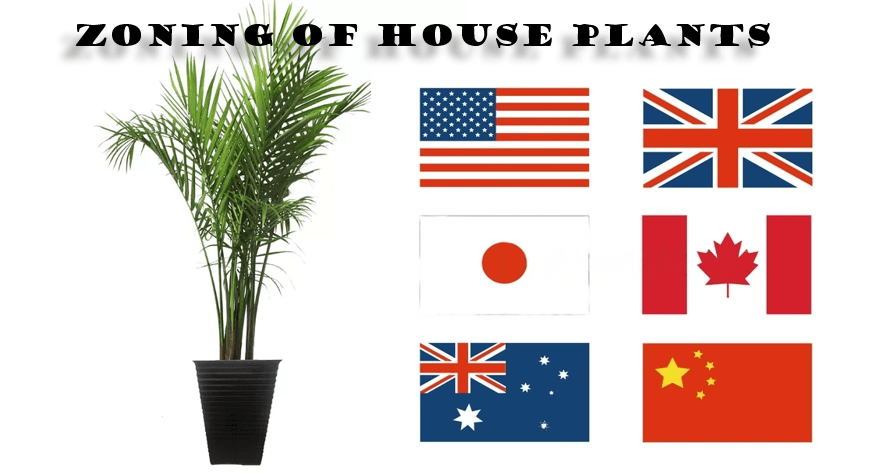
To better understand how hydrozoning is applied in different parts of the world, a mapping exercise can be conducted to identify the most popular houseplants in different countries and how they are being hydrozoned based on their water needs. This can provide valuable insights into regional plant preferences, gardening practices, and water conservation efforts. In this article, we will explore the hydrozoning of houseplants in five countries: the USA, the UK, Australia, China, Japan, and Canada.
Here is a table that provides an overview of hydrozoning houseplants in different countries:
| Hydrozoning Zone | Suitable Plants | Suitable Countries | Best Hydrozoning Technique |
| High Water Zone | Peace Lily, Spider Plant, Boston Fern, Rubber Plant, Snake Plant | USA, UK, Australia, Canada | Self-watering planters, Sub-irrigation systems, Drip irrigation |
| Medium Water Zone | ZZ Plant, Chinese Evergreen, Golden Pothos, English Ivy | USA, UK, Australia, China, Japan, Canada | Moisture control soil, Humidity trays, Grouping plants together |
| Low Water Zone | Aloe Vera, Cactus, Succulents, Air Plants | USA, Australia, China, Japan | Cactus soil mix, Terra cotta pots, Mulching |
Let’s dive into the hydrozoning practices of some of the most popular countries for indoor gardening: USA, UK, Australia, China, Japan, and Canada.
United States
Pothos, ZZ plants, Snake plants, and Peace lilies are some of the most popular houseplants in the USA. Hydrozoning in the USA involves grouping plants with similar water requirements in pots or containers. This technique helps prevent overwatering and ensures that each plant receives adequate water.
United Kingdom
Spider plants, Peace lilies, and English ivy are popular houseplants in the UK. Hydrozoning in the UK involves separating plants with different water requirements into different areas. This technique helps ensure that plants receive the right amount of water they need for their growth and development.
Australia
Fiddle leaf figs, Rubber plants, and Monstera are some of the popular houseplants in Australia. Hydrozoning in Australia involves grouping plants with similar water requirements in pots or containers. This technique helps in conserving water and prevent overwatering.
China
In China, Lucky bamboo, Snake plants, and Spider plants are popular houseplants. Hydrozoning in China involves grouping plants with similar water requirements in pots or containers. This technique helps conserve water and ensures that each plant receives adequate water for its growth and development.
Japan
Snake plants, Peace lilies, and ZZ plants are popular houseplants in Japan. Hydrozoning in Japan involves grouping plants with similar water requirements in a pot or container. This technique helps conserve water and ensures that each plant receives adequate water.
Canada
Spider plants, Peace lilies, and English ivy are some of the popular houseplants in Canada. Hydrozoning in Canada involves separating plants with different water requirements into different areas. This technique helps ensure that each plant receives the right amount of water for its growth and development.
Tips: Please note that the suitability of plants and hydrozoning techniques may vary depending on specific environmental conditions, such as temperature, humidity, and lighting. It’s always best to do further research or consult a local gardening expert to determine the most appropriate hydrozoning strategy for your situation.
Final Words
In conclusion, hydrozoning is an essential technique for indoor gardening, and it’s crucial to understand how it’s being practised in different parts of the world. Mapping hydrozoning practices in different countries can provide valuable insights into the best indoor gardening practices, regional plant preferences, and water conservation efforts. By understanding hydrozoning techniques and implementing them in our indoor gardens, we can ensure the health and growth of our houseplants while conserving water.
So, whether you’re an experienced indoor gardener or a novice, understanding hydrozoning techniques can help you achieve success in your indoor gardening journey.
Happy gardening!


